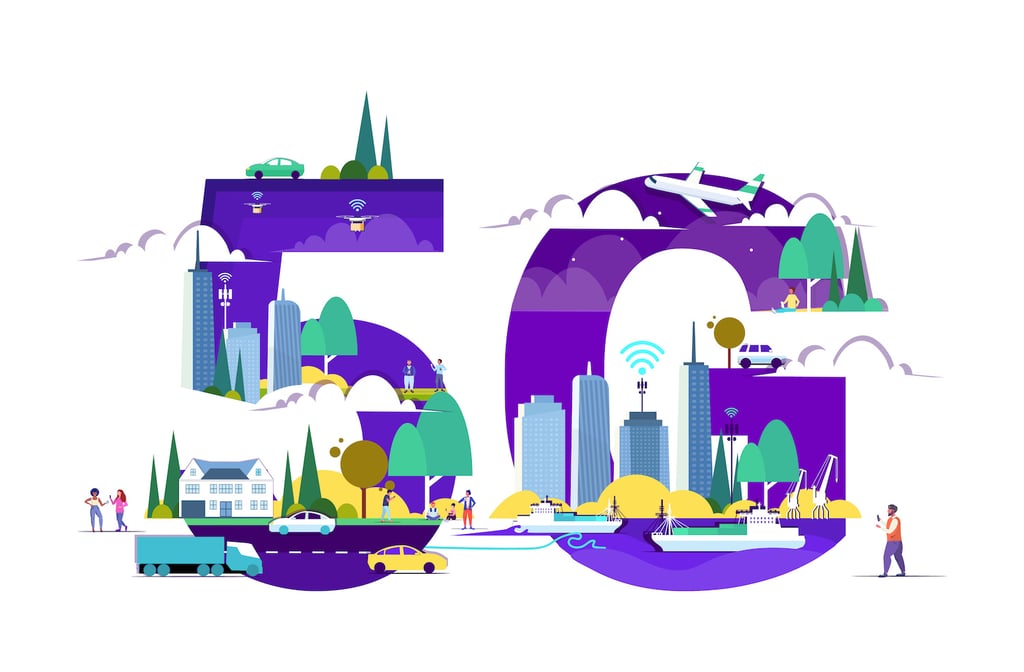One of the key techniques being developed for 5G is network slicing. Hopefully, the development path will lead to success, since it seems unlikely the heady promises of 5G can be delivered upon without it.
Network slicing will enable the creation of completely independent virtual networks that sit side by side. The best way to describe it is to fall back, once more, on the physical highway analogy.
Suppose, in a five-lane highway, the first lane was set aside for trucks, the second for motorcycles, the third for race cars, the fourth for bicycles, and the fifth for SUVs. Network slicing determines the lanes based upon the needs of the services being offered, according to a report at RCR Wireless. The cars, trucks and other vehicles represent services such as IoT networking, low latency augmented reality, services with high security, mobile video, machine-to-machine (M2M) communications and other specialized services.
The story says that software-defined networks and network functions virtualization (SDN and NFV) will be key. The bottom line is that network slicing can provide almost limitless flexibility:
Network slicing can support customized connectivity designed to benefit many industries by offering a smarter way to segment the network to support particular services or business segments. With this technology, slices can be optimized by myriad characteristics including latency or bandwidth requirements. Since the slices of the network are isolated from each other in the control and user planes, the user experience of the network slice will be the same as if it was a physically separate network.
Network slicing, experts say, is vital to the overall success of 5G. TelecomEngine reported yesterday on a white paper from 5G Americas, “Network Slicing for 5G Networks and Services.” Ericsson and Intel led its authorship. The takeaway is that 5G will fulfill a role far more diverse than LTE and earlier protocols. Those were inherently narrowly focused. The idea is that 5G will be so much more powerful that it will be called upon to do more things:
One of the many reasons that network slices are so important is that the use cases for future 5G networks are so diverse. Each use case will require a different configuration of requirements and parameters in the network; each use case could require its own network slice. Networks will be built in a flexible way so that speed, capacity and coverage can be allocated in logical slices to meet the specific demands of each use case.
5G network slicing “promises flexibility and allows the network to be manipulated on the fly to accommodate different use cases,” according to SDX Central. Sue Marek reported on a panel at CES 2017 last week in which some of those 5G use cases were discussed. They include providing automotive electronics with guaranteed service and data rates, streaming of new movie releases directly to subscribers and augmented reality.
The takeaway is that these types of services have been mentioned in marketing department predictions of what 5G will offer. Network slicing is a way in which the technical folks will allow those promises to be fulfilled.
Carl Weinschenk covers telecom for IT Business Edge. He writes about wireless technology, disaster recovery/business continuity, cellular services, the Internet of Things, machine-to-machine communications and other emerging technologies and platforms. He also covers net neutrality and related regulatory issues. Weinschenk has written about the phone companies, cable operators and related companies for decades and is senior editor of Broadband Technology Report. He can be reached at cweinsch@optonline.net and via twitter at @DailyMusicBrk.










